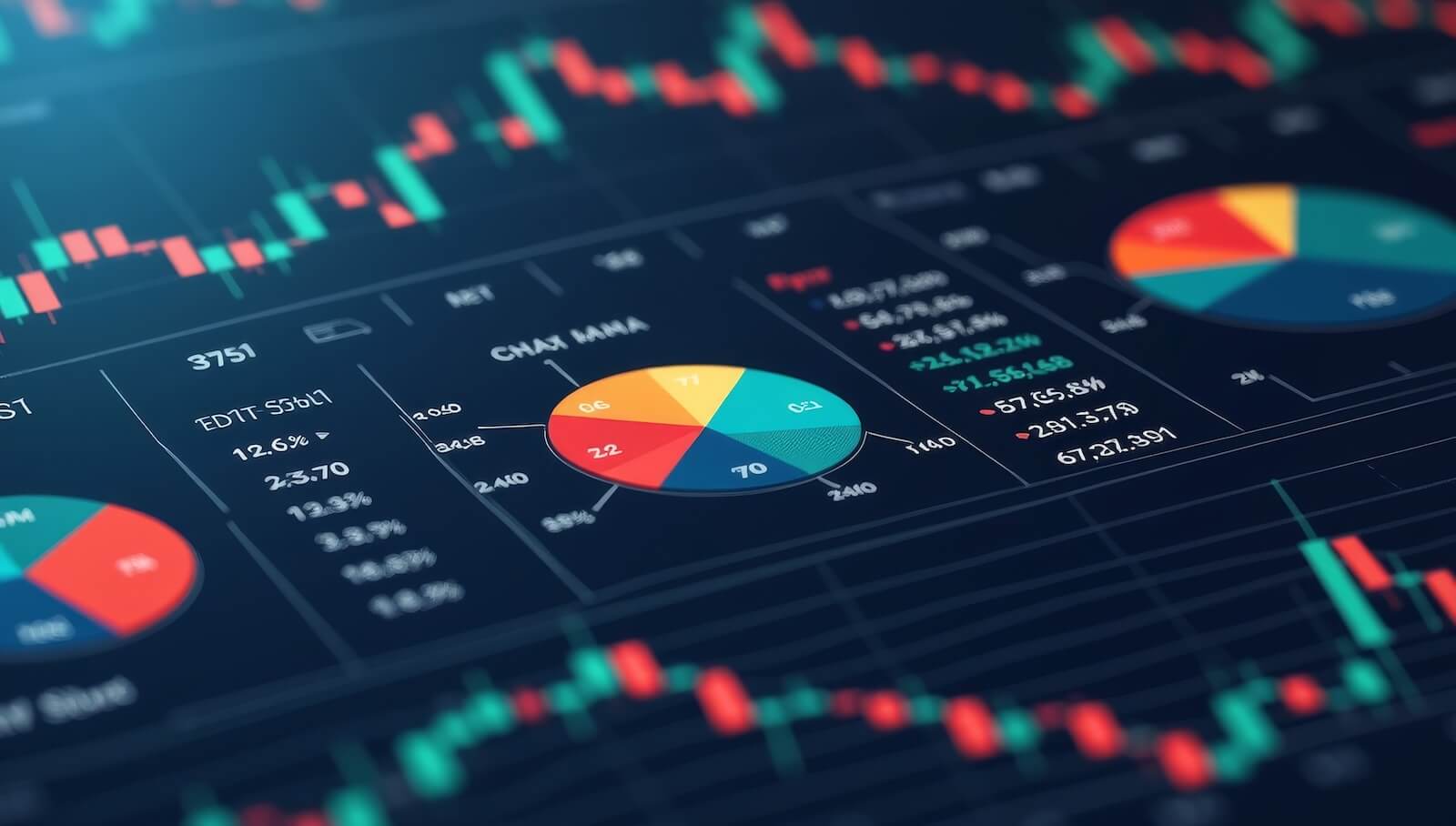OIL JUMPS ON OPEC CUTS -- THAT'S GIVING ENERGY SECTOR A BOOST -- FALLING OIL HAS WEIGHED ON BOND YIELDS -- WEAK ENERGY PATCH AND FALLING STOCK PRICES HAVE ALSO WEAKENED HIGH-YIELD BONDS -- S&P 500 APPEARS TO BE TRIANGULATING WHICH FAVORS LOWER PRICES
LARGER THAN EXPECTED OPEC CUTS BOOST CRUDE OIL ... OPEC and Russia finally agreed to a larger-than-expected production cut of 1.2 million barrels a day of crude oil which is lifting the price of that commodity today. It remains to be seen, however, if that's enough to reverse the 30% drop in the price of oil since the start of October. Chart 1 shows the United States Oil Fund (USO) climbing 4% today and matching the gain in the price of crude oil. And its 14-day RSI line (upper box) shows the price of oil recovering from deeply oversold territory. But that market has a lot of work to do to turn that downtrend around. The USO remains well below its 200-day moving average (red line). In addition, its (blue) 50-day average has fallen below the red line which is another bearish sign for the commodity. What the price of oil does from here could impact several other markets, which include the direction of Treasury bond yields, the price of high yield bonds, and even the stock market itself. One group that would certainly benefit from rising oil prices is the energy sector. And it's getting a boost today from an important support area.

(click to view a live version of this chart)
Chart 1
ENERGY SPDR ATTEMPTS TO REBOUND ... Chart 2 shows the Energy Sector SPDR (XLE) rebounding today along with the price of oil. And that bounce is happening near its early 2018 low which is a potential support area. But the XLE also has a lot of lost ground to make up to reverse its current downtrend. The XLE is trading well below its moving average lines. And the blue 50-day line is well below its (red) 200-day line which signals a downtrend. Crude oil has more working against it besides too much supply. Crude prices have been falling along with other economically-sensitive commodities (like copper) on fears of a global economic slowdown. A weak Chinese stock market has also been a depressing factor on commodity prices since that country is the world's biggest buyer of those commodities. Falling energy shares have been a drag on U.S. stocks of late. Falling oil prices have also been a factor in pulling Treasury yields lower, as well as the price high-yield bonds.

(click to view a live version of this chart)
Chart 2
FALLING PRICE OF OIL HAS WEIGHED ON TREASURY YIELDS... Chart 3 compares the price of oil (black line) to the 10-year Treasury yield (green bars) over the last year. And it shows both markets peaking together near the start of October (see circle). There are two possible reasons for that. Long-term bond yields are largely driven by expectations for global growth and inflation. The sharp drop in the price of crude since the start of October (-30%) signaled that inflation pressures were easing which usually results in lower bond yields. The second reason is the possibility that falling oil prices reflect a weakening global economy which also weighs on bond yields. Either way, the chart shows both markets falling together over the last two months. The green bars show the 10-Year Treasury Yield falling below its 200-day average. But it has also dropped to the lows reached between June and August which could provide some support. It remains to be seen if a rebound in oil is enough to slow the decline in bond yields.

Chart 3
FALLING OIL HAS ALSO HURT HIGH-YIELD BONDS ... Chart 4 compares the price of oil (black line) to the iBoxx High Yield Corporate Bond iShares (HYG) over the past year. There again, a correlation can be seen between the two markets both on the upside and the downside. The early October peak in the price of crude coincides exactly with the peak in the HYG (green bars). And they've fallen together since then (with the HYG falling below its 200-day line). There are a couple of possible reasons why. The most obvious is that energy companies do most of the borrowing in the "junk bond" market. They account for 15% of high-yield borrowing which is larger than any other sector. As a result, a sharp drop in the price of crude oil hurts the value of energy shares which, in turn, weakens the high yield bond market. There's a second negative message on Chart 4. The line in the upper box is a ratio of the HYG divided by the 7- 10 Year Treasury Bond iShares (IEF). That ratio also peaked at the start of October with oil and has fallen to the lowest level in nine months. That means that investors now favor safer government bonds over riskier high-yield bonds. That's a sign that fixed income investors are turning more defensive. High yield bonds are also highly correlated to the direction of the stock market. Stock market weakness is another reason for that more defensive rotation within the fixed income universe.

Chart 4
S&P 500 MAY HAVE MORE DOWNSIDE TO COME ... The daily bars in Chart 5 shows the S&P 500 retesting previous lows formed in late October and late November. And it's trying to hold there. The shape of the pattern over the past two months, however, isn't very encouraging. Not only is the SPX trading well below its 200-day average. The two red converging trendlines containing that current sideways pattern have the look of a "triangular" formation. Triangles are usually continuation patterns (meaning that the current downtrend should continue). That interpretation increases the odds of recent lows being broken. If that happens, that would set up a more important test of the lows formed earlier in the year. Other analysts on this site have also written about that possibility and its significance. It would lead to a major test of the viability of the market's long-term uptrend.

Chart 5











